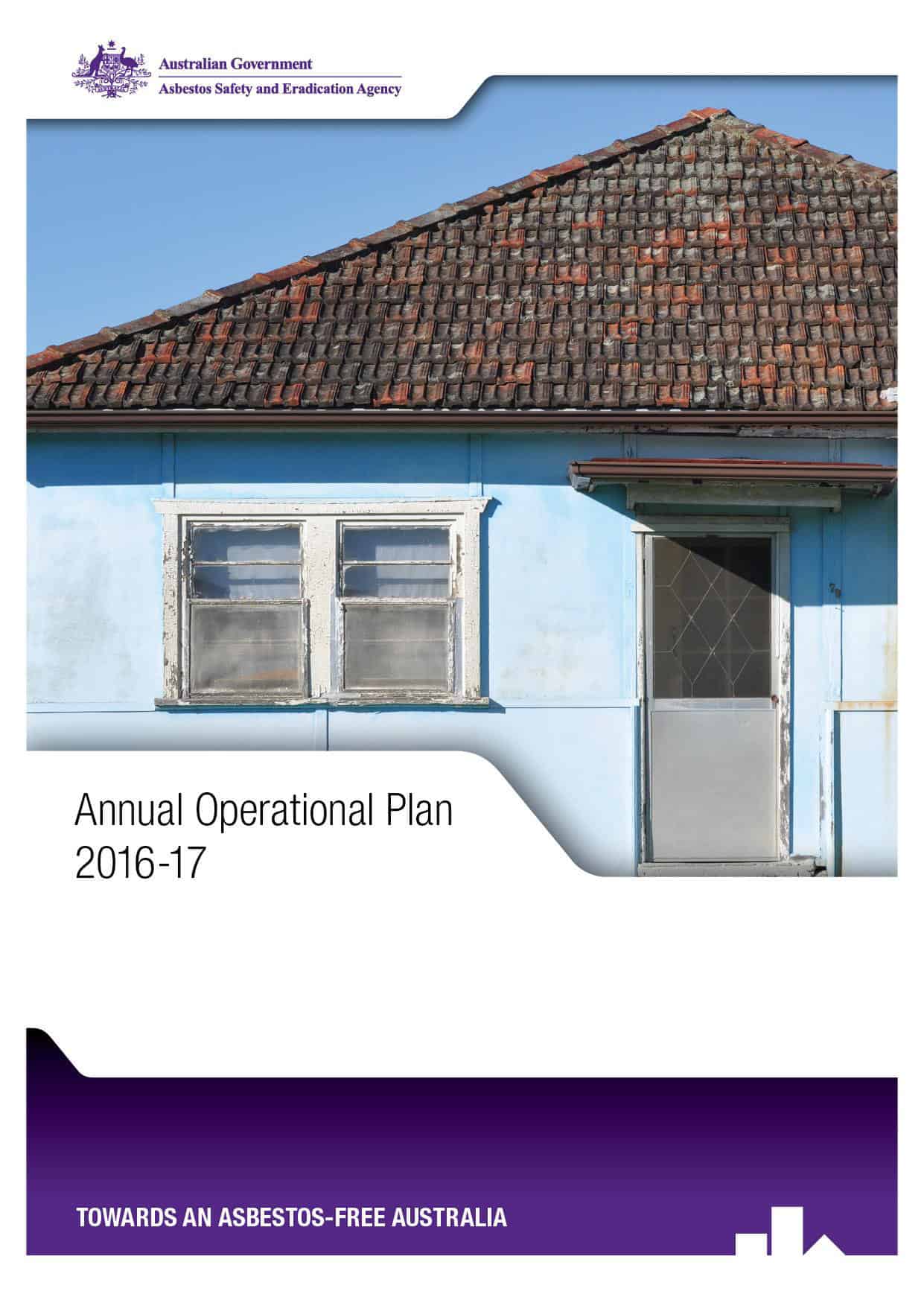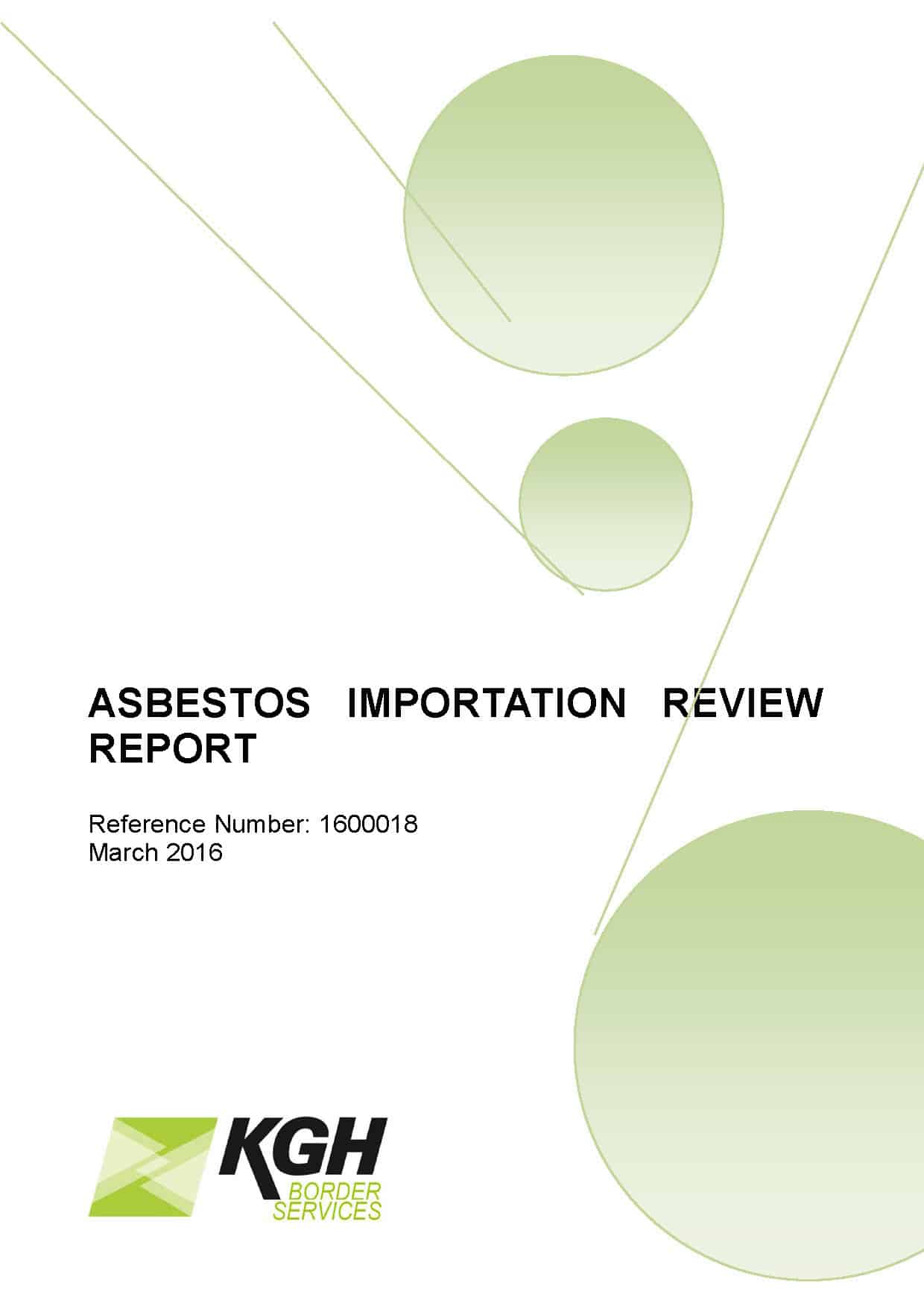 Occupational health and safety (OHS) law in the United States has little impact on that of any countries outside of North America. But the response to those OHS laws by US and multinational companies indicates corporate approaches to workplace safety and this can spread round the world. The anticipated strategy to worker safety under the Presidency of Donald Trump is expected to be harsh, if he attends to it at all.
Occupational health and safety (OHS) law in the United States has little impact on that of any countries outside of North America. But the response to those OHS laws by US and multinational companies indicates corporate approaches to workplace safety and this can spread round the world. The anticipated strategy to worker safety under the Presidency of Donald Trump is expected to be harsh, if he attends to it at all.
Brad Hammock, Attorney at US workplace law firm, Jackson Lewis P.C. (pictured right), told SafetyAtWorkBlog that
“There is a dominant view that there will be a weaker OSHA under the Trump presidency. This is driven largely by historical analyses of past Republican administrations and President Trump’s anti-regulatory rhetoric. I anticipate that OSHA will continue to be active, but will emphasis cooperative and voluntary programs over enforcement. In addition, I anticipate fewer large safety and health standards being issued under a Trump presidency. “


